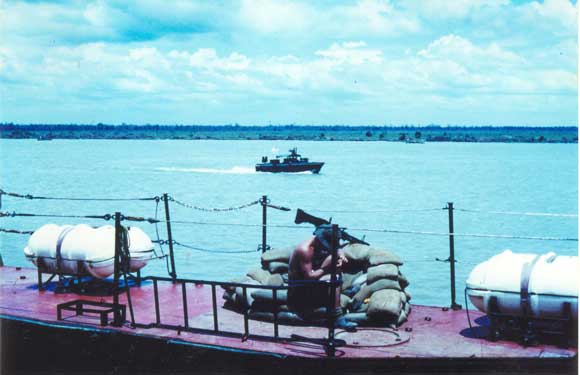|  LST is short for Landing Ship Tank, and the navy had hundreds in its fleet. First built and launched during WWII, LSTs are as versatile as they are ugly. The messy evacuation from Dunkirk in 1940 demonstrated to the allies the need
for a shallow draft landing craft to carry men, military equipment and vehicles
to and from the battlefields of Europe and later, the Pacific. During
WWII, many LSTs were used as mobile equipment repair facilities complete with
blacksmith, machine and electrical shops. Also, equipped as hospital
ships, surgeons aboard LSTs treated tens of thousands of wounded men during
the invasion of Europe. A few LSTs in the Pacific were even modified
to serve as mini aircraft carriers to launch and recover small observation
planes. LST is short for Landing Ship Tank, and the navy had hundreds in its fleet. First built and launched during WWII, LSTs are as versatile as they are ugly. The messy evacuation from Dunkirk in 1940 demonstrated to the allies the need
for a shallow draft landing craft to carry men, military equipment and vehicles
to and from the battlefields of Europe and later, the Pacific. During
WWII, many LSTs were used as mobile equipment repair facilities complete with
blacksmith, machine and electrical shops. Also, equipped as hospital
ships, surgeons aboard LSTs treated tens of thousands of wounded men during
the invasion of Europe. A few LSTs in the Pacific were even modified
to serve as mini aircraft carriers to launch and recover small observation
planes.
My boat was four hundred feet long with a fifty-five foot beam. Flat
bottomed and fitted with two fourteen-foot clamshell doors at the bow, the Vernon
County carried tanks, artillery, vehicles and troops – whatever
anybody needed transported. As shuttles for on-board personnel, the LST
carried three, 40-foot open boats made of plywood.
In the Mekong River
in Vietnam, the standard joke was LST meant Large Slow
Target, but the boat was not without offensive muscle. Armed with
three, three-inch cannons that fired sixty, thirteen-pound exploding projectiles
a minute to a range of five miles, the Vernon County could hit hard. Also,
two fifty caliber machine gun turrets were mounted on either side of the boat. Big,
ugly, but not entirely toothless and ready to do just about anything, the Vernon
County reminded me of half the girls in my high school, and for the next
three years, I spent six to nine months at a time aboard her patrolling the rivers
in Vietnam.
|



